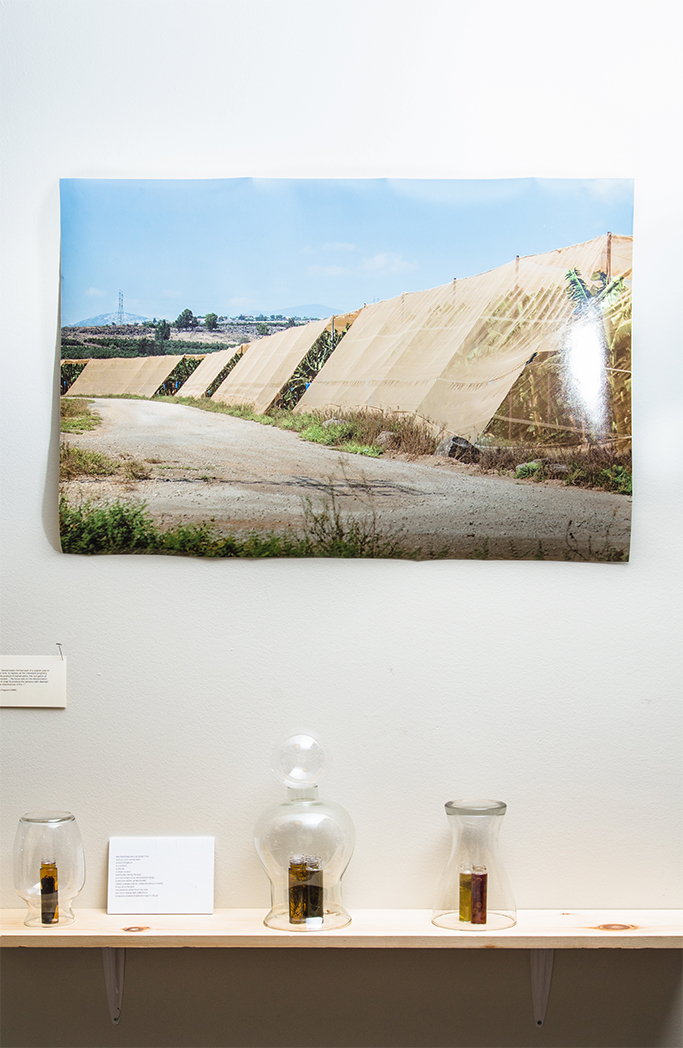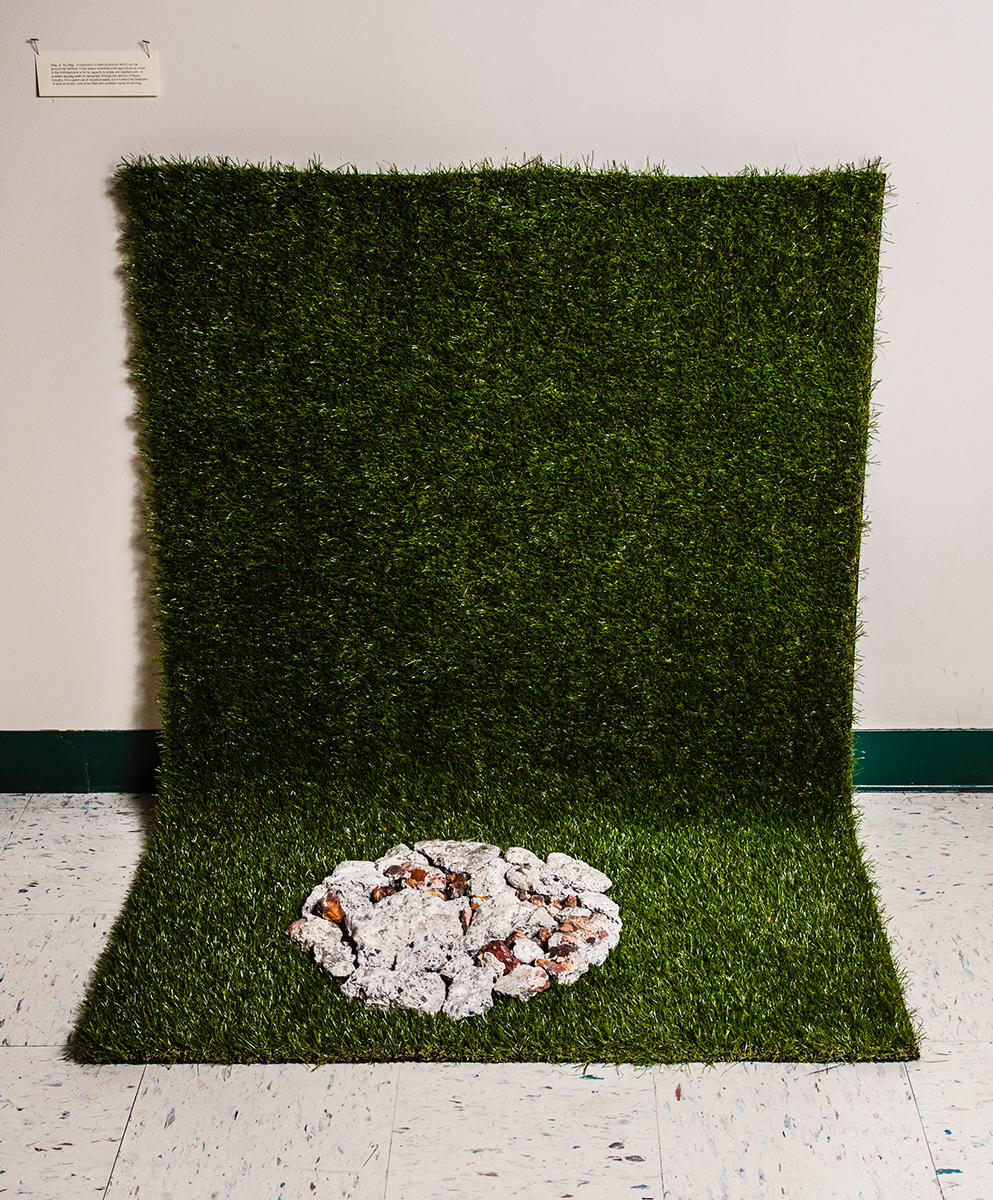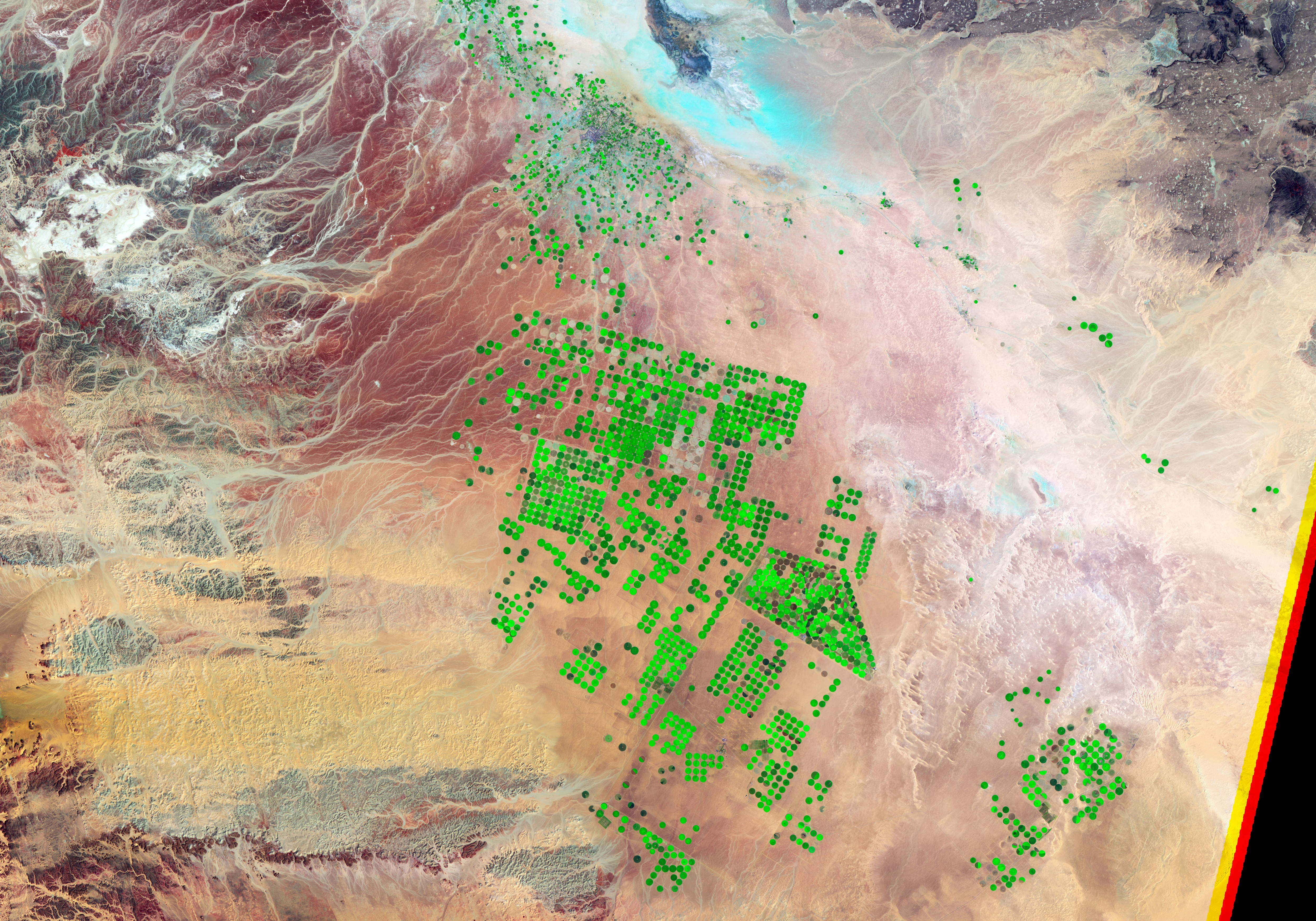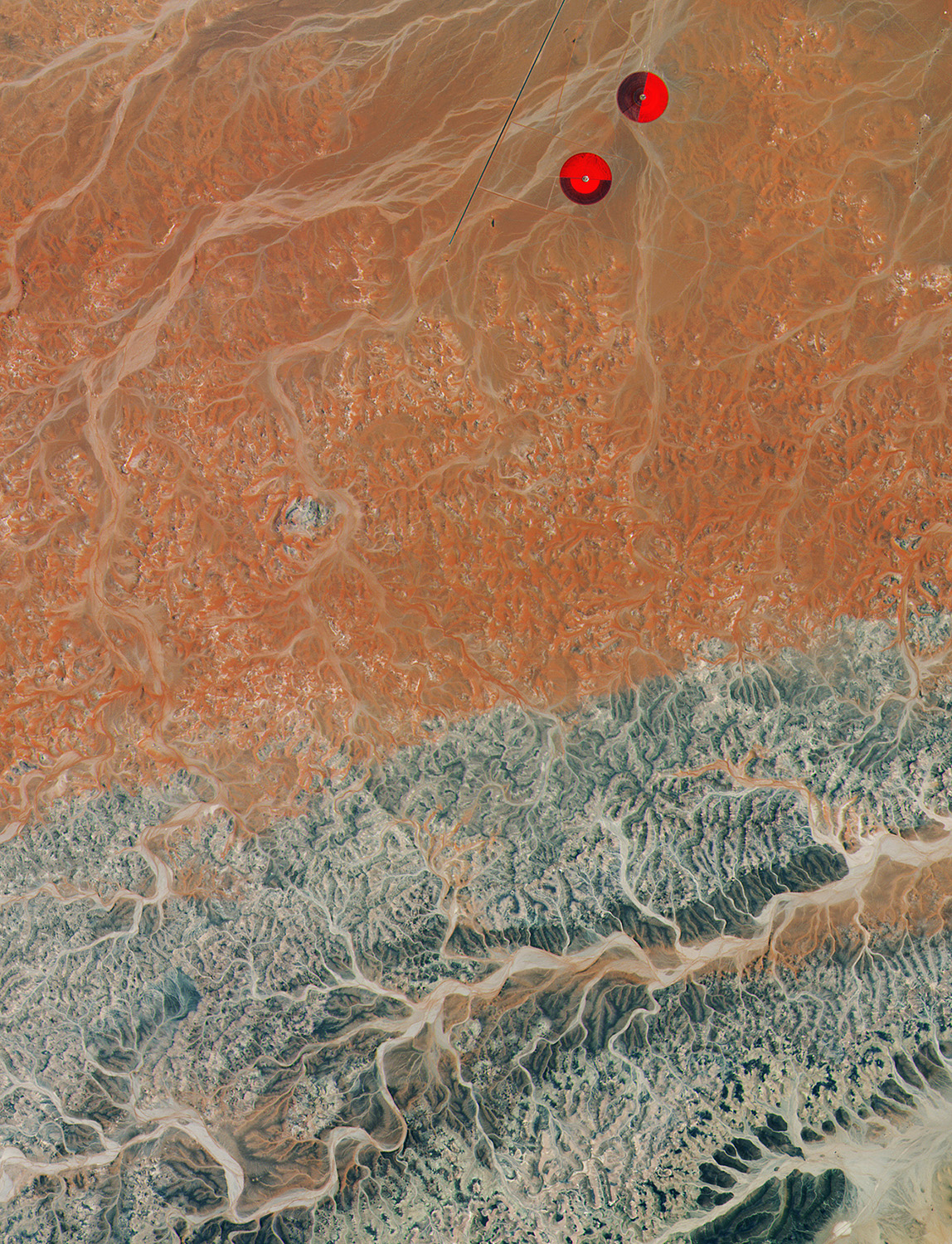multimedia installation: digital photographs, scents, sculptural works, edible materials, and bioplastics
December 2021, open studios, Rensselaer Polytechnic Institute
Scents included in the anarchive depict two encounters with changing climates: the first are smell 'artifacts' from landscapes threatened by sea level rise and desertification. Plants gathered from various locations susceptible to dramatic ecological change in the next 50 years are preserved in tinctures, and compose smell assemblages for the landscape.
The second type of olfactory artifact are future smells. When the temperature rises, increased VOCs are released into the atmosphere due to mechanisms based on plant defense and stress responses. Some of these VOCs translate to increased smell. The archive includes the smell of cabbages and radishes (both in the Brassicaceae family), caraway, and pine, based on research that these plants and crops will smell more strongly in the future.
Adedayo O. Mofikoya, et al., “Foliar Behaviour of Biogenic Semi-Volatiles: Potential Applications in Sustainable Pest Management,” Arthropod-Plant Interactions 13, no. 2 (2019).
JS Yuan, et al., “Smelling Global Climate Change: Mitigation of Function for Plant Volatile Organic Compounds.,” Trends Ecol Evol 24, no. 6 (2009).
Jarmo Holopainen (Department of Environmental and Biological Sciences, University of Eastern Finland), email message to artist, 8 November 2021.

Stronger future scent: caraway
 Above: Olfactory landscape artifacts from areas which will change or disappear with sea level rise: Dead Horse Bay, Red Hook, Redwoods National Forest.
Above: Olfactory landscape artifacts from areas which will change or disappear with sea level rise: Dead Horse Bay, Red Hook, Redwoods National Forest. Above: 24x18 digital print. (Nets protect agricultural fields from harsh heat and sun in Israel.)
Below: Stronger future scent: cabbage

Below: ag slag, astroturf



Below: Stronger future scents: pine, radish

The work presented here is a sensory anarchive of/for the Anthropocene. An anarchive, a term from Siegfried Zielinsky, is in direct opposition to the alienating hegemony of traditional archives, and instead invites material and sensual chaos. Given that the Anthropocene is a temporal entity, an epoch defined by a breakdown of natural/man-made binaries, and by the oft-unforeseen material ramifications of human civilization, its documentation calls for a structure which defies attempts at objective or impersonal documentation.
Many objects in the anarchive resist a trope of the Anthropocene: satellite and aerial images of pollution, large scale agriculture, and natural disasters. These scales exceed us, and displace our subjectivity from the ecological impacts they depict. The anarchive, alternatively, seeks to provide a scale that embodies us, through situated knowledge produced through sensory and material encounters.
Much of the anarchive relates to agriculture, the advent of which is a proposed start date for the Anthropocene, and food production now accounts for a staggering third of all greenhouse gas emissions. Agriculture represents a primary example of post natural landscapes, and many objects in the anarchive reject the ontological hygiene of separating humans from nature.



“Following a logic of plurality and wealth of variants, [anarchives] are particularly suited to handle events and movements; that is, time-based sensations... anarchives are principally in an active mode. They do not, however, lay claim to leadership. Nor do they claim to truthfully know where things come from and where they may be headed to. The origin is and remains a trap. Anarchives do not follow any external purpose; they indulge in waste and offer presents.”
Siegfried Zielinski, “Anarcheology for Anarchives: Why Do We Need—especially for the Arts—a Complementary Concept to the Archive?”
Additional sources:
Monika Bakke, “Art for Plants’ Sake? Questioning Human Imperialism in the Age of Biotech.”
Lance Duerfahrd, “A Scale That Exceeds Us: The Bp Gulf Spill Footage and Photographs of Edward Burtynsky.”